Typical Causes for Metal Expansion Joint Failures
The good news is that most metal bellows expansion joint failures are preventable when proper care is taken in the design, shipping, installation and testing of the joints. This article is meant to help prevent or identify the root causes of the most common piping expansion joint failures we encounter. When in doubt contact the experts at Triad Bellows to discuss your unique situation, we are here to help!
Improper design
- Make sure the expansion joint manufacturer designs the bellows for the correct amount of axial and lateral movement. Improper design will lead to pre-mature failure.
- Make sure that flow liners are incorporated into the expansion joint design when the flow velocity exceeds the recommended limits set forth by the Expansion Joint Manufacturers Association in their latest 10th
- When abrasive media is present a heavy flow liner should be used to protect the metal bellows.
- Make sure that the metal bellows is designed to meet the system pressure at the highest temperature in will encounter. Be aware that as the temperature increases the pressure capability of the bellows decreases. This holds true with ANSI B16.5 flanges as well.
Improper installation
- Don’t forget to install anchors and guides. This is one of the most common mistakes we see. Without piping anchors, the internal pressure thrust in the bellows causes it to extend and squirm. If this happens to you remove the expansion joint immediately.
- If the expansion joint does not fit in the space provided by the contactor never stretch or compress it into place. This will alter the design capabilities of the expansion joint and may lead to early fatigue failure. Consult the manufacturer first.
- Never test the expansion joint more than 1-1/2 times the rated design pressure. Over pressurization can cause the bellows capsule to squirm and fail. Before testing always make sure that the piping anchors and guides are in place and the shipping bars have been removed. Always remove the shipping bars after
- Make sure that expansion joints with flow liners are installed with the flow going in the right direction. Failure to do so will create turbulence and cause the liner to crack.
- If the piping system is cleaned with water containing chlorides it must be immediately flushed with clean water. Failure to do so may allow chlorides to settle in the bottom of the bellows corrugation and corrosion will occur.
- The bellows must be protected when welding is being done on or around the piping expansion joint. Because the bellows is formed from thin materials it is possible for weld splatter to burn a hole in the bellows and ruin it.
- Improper shipping and handling can cause damage like denting or gouging of bellows. The bellows element is fragile and when struck by hard objects (tools, chain falls, forklifts, adjacent structures, etc. permanent damage can occur.
Expansion joint bellows squirm and over-compression

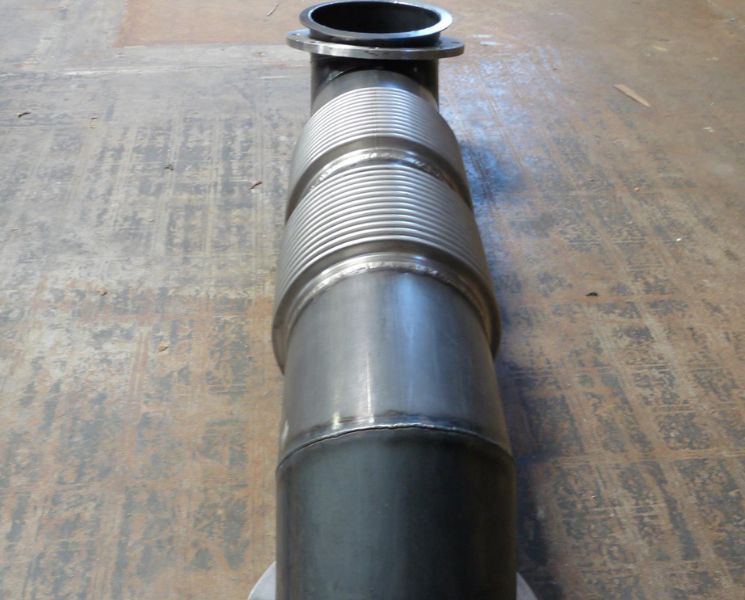
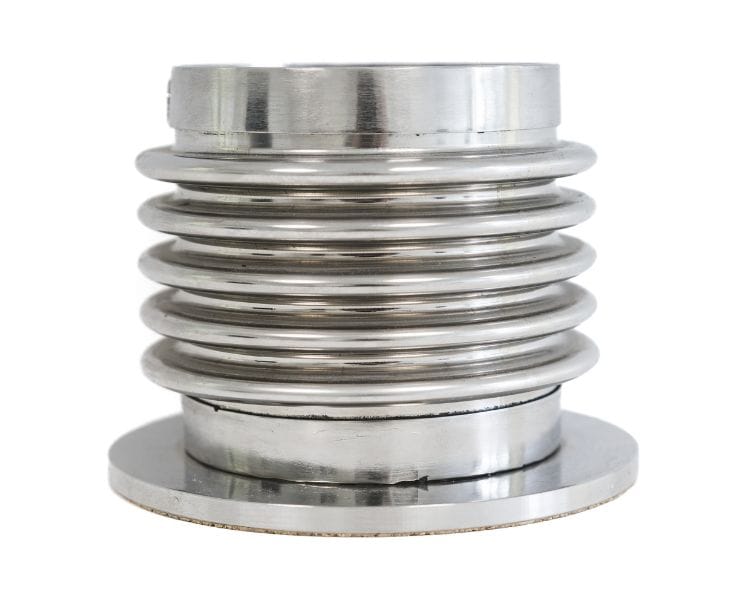
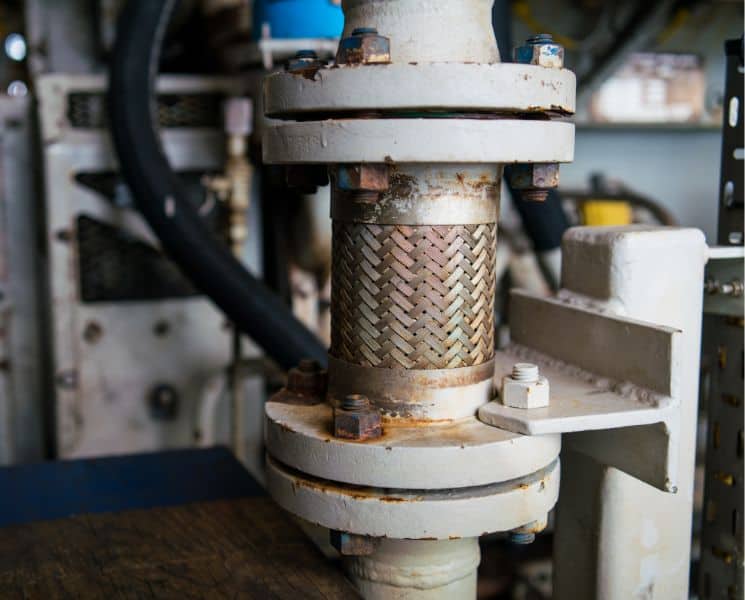
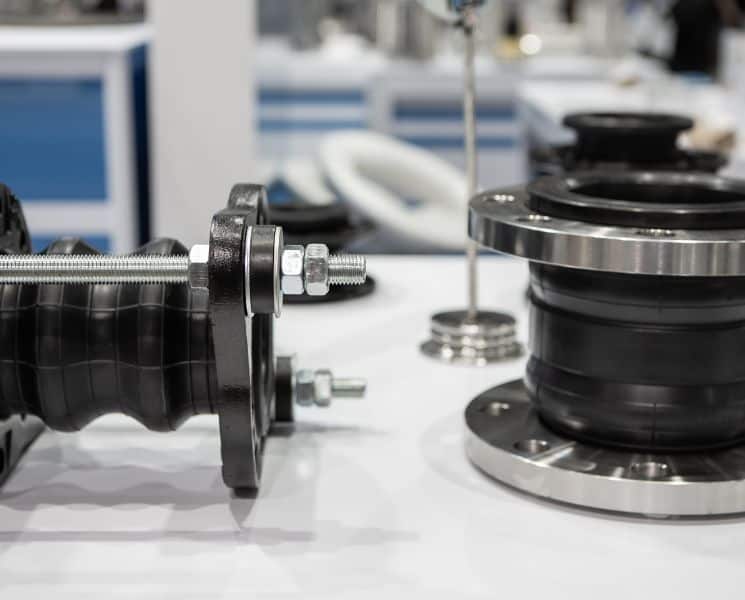
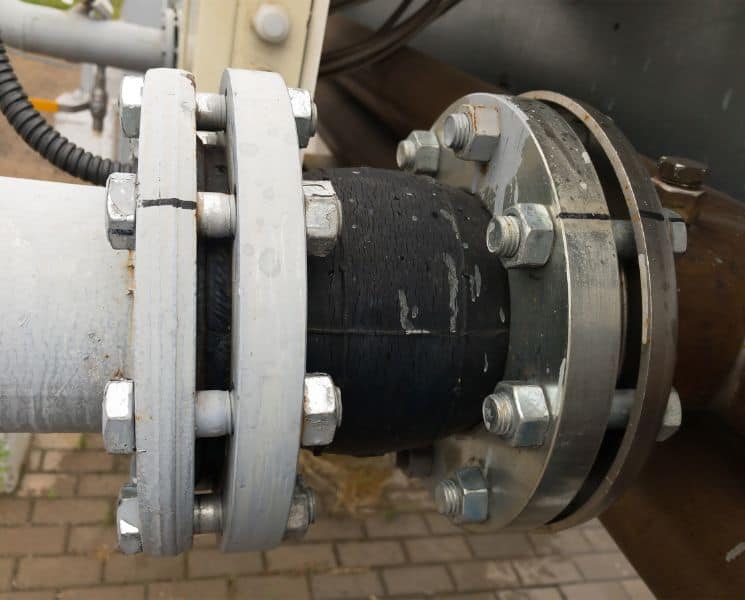
Leave A Comment